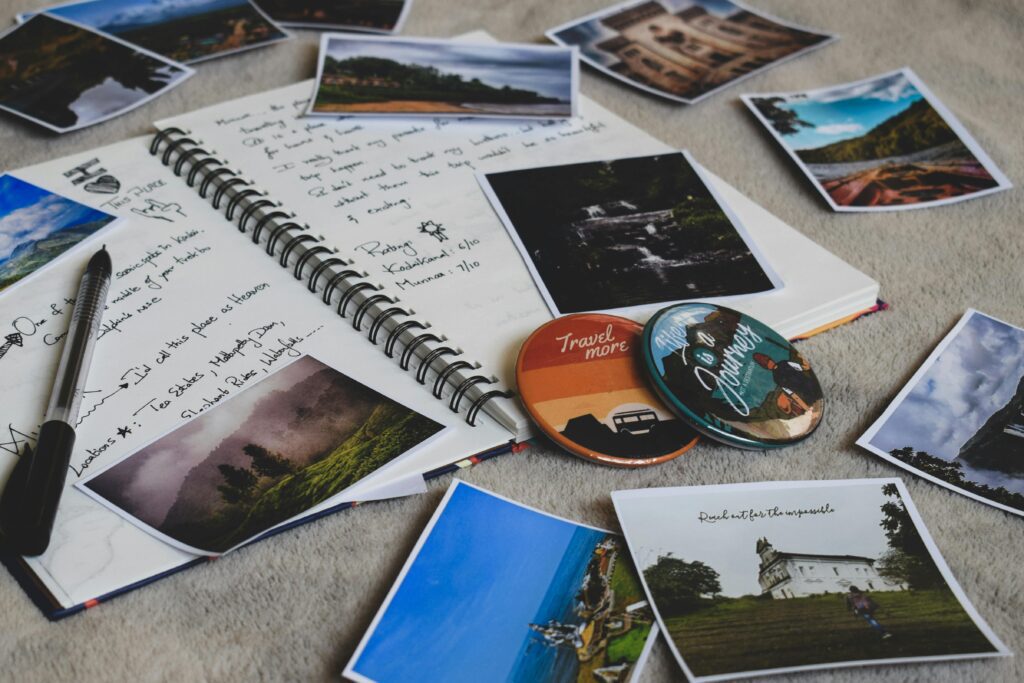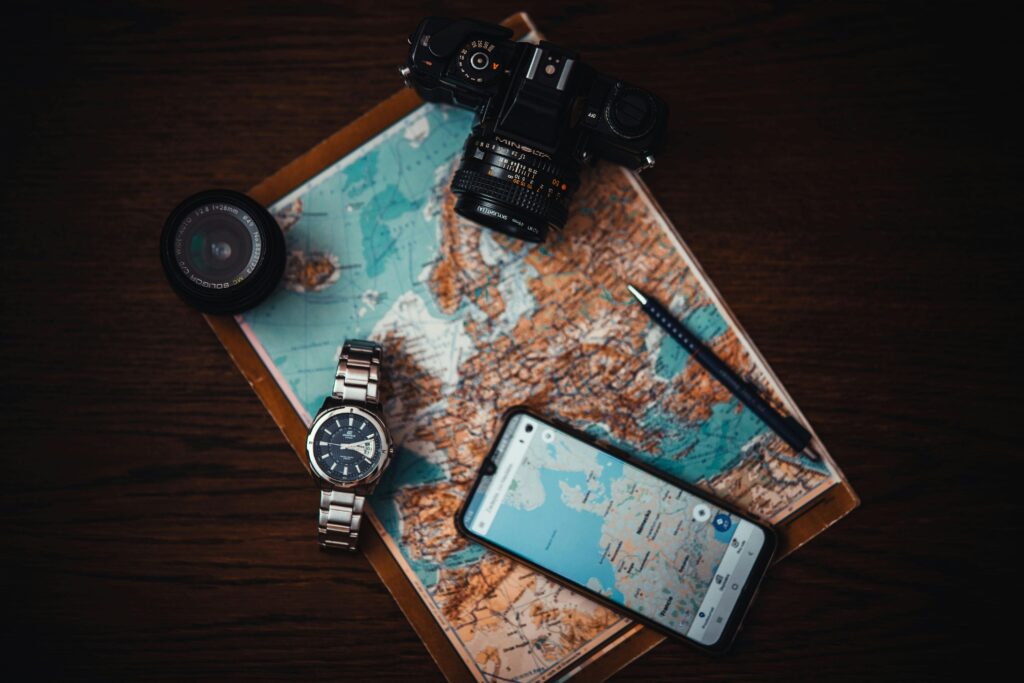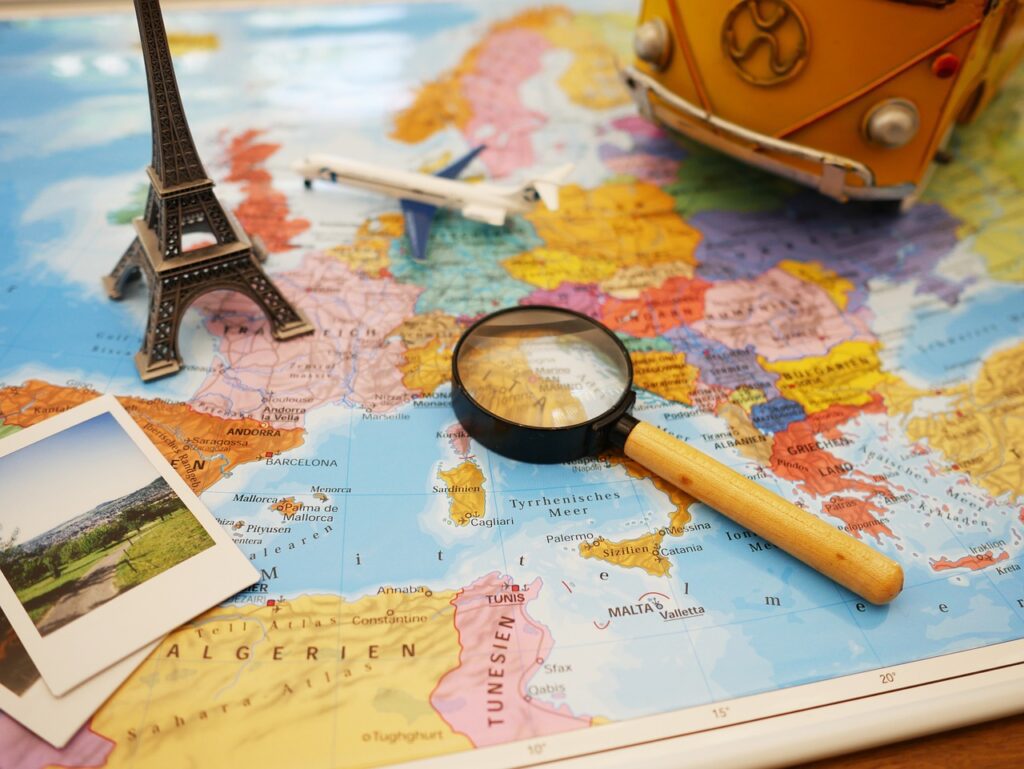
How to Plan for a Trip: The Ultimate Guide to Planning Your Dream Adventure in 2025
Tackling how to plan for a trip can be one of the most exciting ways to kick off the new year. Some may find trip planning a bit daunting which is completely understandable considering the list of things that tend to need to be done. However, some enjoy the tedious process because despite any issues or inconveniences that arise along the way, the anticipation of the trip outweighs everything. Regardless of what group you fall in, this ultimate guide to planning your dream adventure will help keep you on the right track!
Whether you’re dreaming of wandering through ancient cities, hiking breathtaking landscapes, or indulging in a relaxing beach getaway, having a well-thought-out plan is the key to making your travel dreams come true.
As someone who has done her fair share of traveling, I can definitely relate the stresses that come along with trip planning. This guide is packed with everything you need to know to successfully plan for a trip, especially for my fellow adventurous, independent women who aspire to explore the world with confidence!
Table of Contents
Steps to Plan for a Trip
1. Decide on Your Destination
- List your dream destinations: Think about what excites you. Is it a European escape, a tropical retreat, or a bustling urban adventure? (If I am being honest with myself, this is probably both the easiest and the hardest thing thing for me out of everything on this guide. I have so many places I want to explore sometimes its hard to narrow down which option would be the best step for me)
- Consider the season: Some places are better visited during specific times of the year. For example:
- Spring: Japan for cherry blossoms, Paris for blooming gardens.
- Summer: Iceland for its midnight sun, the Amalfi Coast for beach vibes.
- Winter: Switzerland for skiing, or a cozy cabin trip in Canada.
2. Set Your Travel Goals
- Purpose of your trip: Adventure, relaxation, cultural exploration, self-discovery or all of the above?? Sounds good to me!
- Must-do experiences: List activities like hiking, wine tasting, visiting museums, or shopping. (Anything food-related is a must OBVIOUSLY!)
- Personal milestones: Maybe you want to journal daily, or tick a bucket list item. (Also, maybe we want to add to our bucket list meeting a handsome foreigner who calls us pretty in his native language and cooks us a fancy dinner in the restaurant he owns… ya know? No judgment here!)
3. Create a Travel Timeline
- Start early: Ideally, begin planning 6-12 months in advance for international trips. Or if you can be a procrastinator with certain things, you should probably intend to plan a bit earlier than that knowing you would not immediately get to it. (talking to myself here)
- Break it down: Use this example timeline for a June trip:
- January: Choose your destination and budget.
- February: Book flights and accommodations.
- March-April: Plan your itinerary and make reservations for popular attractions.
- May: Pack and finalize all arrangements.

Things to Consider When You Plan for a Trip
Timing
- Peak vs. off-peak season: Traveling during off-peak can save money and reduce crowds.
- Weather conditions: Avoid monsoon season in tropical areas or scorching summers in the desert (Unless you just want to channel Lucifer S3 and come back from the-middle-of-nowhere desert pissed with a heavy sunburn).
- Events or holidays: Check for festivals, national holidays, or local events that could enhance or disrupt your trip.
Finances
- Set a realistic budget: Break it into categories:
- Flights: Utilize different tools accessible to you on the internet to track prices.
- Accommodations: Research options ranging from hotels and hostels to Airbnb and house-swapping. (Legit & reputable places only!! We have to stay extra safe and diligent these days)
- Daily expenses: Account for meals, transportation, activities, and shopping. (I always like to overestimate costs and underestimate budgets and income, so I have a little cushion)
- Save in advance: Open a dedicated travel savings account or automate monthly savings. (Not necessary, but may be helpful for some)
- Emergency fund: Allocate extra for unexpected costs. *Better safe than sorry!
Work and Schedule
- Request time off early: Coordinate with your employer to avoid conflicts.
- Plan around work deadlines: Clear your schedule to minimize stress before departure.
- Consider remote work: If you’re able to work while traveling, plan for reliable internet and workspace options. (If you don’t travel often and this trip is a big deal for you, I’d encourage you not to plan any work during your “me-time” exploration. However, if you travel frequently, have been to the area already, or absolutely have to work, then by all means enjoy the digital nomad lifestyle for a bit!)
Tips for Planning a Trip
1. Research Thoroughly
- Read blogs and reviews: Look for itineraries and tips from travelers who’ve visited your destination.
- Use travel forums: Websites like TripAdvisor or Reddit are goldmines for advice.
- Watch vlogs: Visual content on YouTube can give you a feel for the place and possibly provide a sense of familiarity which will increase your comfort and confidence levels.
2. Be Organized
- Create a travel binder: Include copies of itineraries, reservations, and emergency contacts.
- Use planning apps: Try TripIt, Google Maps, or Notion for seamless organization.
- Make a packing list: Categorize items into essentials, clothing, toiletries, and tech.
3. Stay Flexible
- Allow buffer time: Avoid overloading your schedule to account for delays or spontaneous plans. *This is super important in order to limit stress and make sure you are getting the rest you need while also allowing you time to shift between mindsets. (Vacay mode is hopefully a little different than work mode)
- Have a backup plan: Prepare alternatives for activities that depend on weather or availability. Having a list of options reviewed in advance will save you a lot of time and stress in case your plans change. (Which may happen more than you think)
- *This is also a very important step for those of us who suffer from migraines or any other type of chronic pain where we can’t necessarily anticipate our bad days. I have been on plenty of trips where I ended up reorganizing my schedule at the last limit in order to accommodate “bad days”)

Essential Travel Items to Get in Advance
- Luggage: Durable, lightweight options with TSA-approved locks.
- Travel adapter: A universal one works for most international destinations.
- Reusable water bottle: Eco-friendly and perfect for staying hydrated.
- Packing cubes: For organized and space-efficient packing.
- Travel insurance: Protects against cancellations, medical emergencies, and lost luggage.
- Portable charger: Keep your devices powered on the go.
- Comfort items: Neck pillow, eye mask, and noise-canceling headphones.
This list does not cover all essential travel items, but at least the main items you may have to get in advance or ones you should get early enough to make sure you like them.
Planning for Life While You’re Away (Optional if needed)
Child and Pet Care
- Babysitters or family: Discuss your travel dates well in advance.
- Pet boarding: Research local kennels or pet-sitting services with good reviews.
Home Management (Depending on the length of your trip)
- Security: Install cameras or a smart home system.
- Utilities: Unplug non-essential electronics and adjust thermostat settings to save energy.
Sample Travel Goals for 2025
- Visit a new country: Broaden your horizons by exploring somewhere you’ve never been.
- Learn a new skill: Join a cooking class in Italy or surf lessons in Bali.
- Capture memories: Start a travel journal or photography project.
- Explore a hidden gem: Research off-the-beaten-path destinations like lesser-known towns or regions.
- Volunteer abroad: Combine travel with meaningful contributions to communities or conservation projects.
- Take a solo trip: Build confidence and independence by traveling on your own.
- Try a new mode of travel: Consider a road trip, train journey, or luxury cruise for a different perspective.
- Attend a cultural festival: Plan your trip around events like the Rio Carnival or the Lantern Festival in Thailand.
- Reconnect with nature: Spend time in national parks or go camping under the stars.
- Create a foodie itinerary: Indulge in local cuisines by visiting popular markets, restaurants, and food tours.

Final Thoughts on Planning Your Dream Trip
The key to making your travel dreams a reality in 2025 is thoughtful planning and preparation.
By breaking the process into manageable steps, setting clear goals, and staying organized, you can enjoy a stress-free and unforgettable adventure.
Remember, the journey is just as important as the destination. So, embrace the planning process, indulge in your wanderlust, and get ready to explore the world on your terms! And hey, don’t forget to pack snacks – because a hangry traveler is nobody’s friend. Oh, and maybe practice your “I’m totally not lost” face for good measure. Happy travels!
Let us know in the comments what one of your dream destinations has always been or if you have any travel plans this year!!





This has got me wanting to plan a trip. !
This is literally the blueprint to plan a perfect trip, THANK YOU SO MUCH….You made my life that much easier.
I am looking to go on more trips this year, and this sounds like a great way to get ready and plan! Thank you for all of these tips.
Your tips will definitely help make the whole process smoother and more exciting!! Can’t wait to start planning my dream adventure for 25′!
Great tips! I definitely do my research when I plan our trip. And I compare prices, too. I do need to check on travel insurance next time.
This guide is incredibly detailed and helpful! I love how it covers everything from planning your itinerary to packing tips. The emphasis on safety and respecting local customs is such an important reminder. I’m feeling inspired to plan my next adventure now—thank you for putting this together!
Tons of planning and the ability to pivot are essential to planning a trip. Everything on this list is, really. Great guide!
I love this entire guide. I’m so glad you included a section on staying flexible. Things can change in an instant, and you have to be able to roll with it.